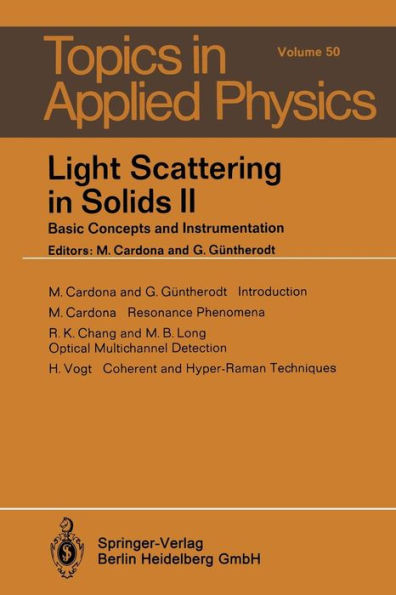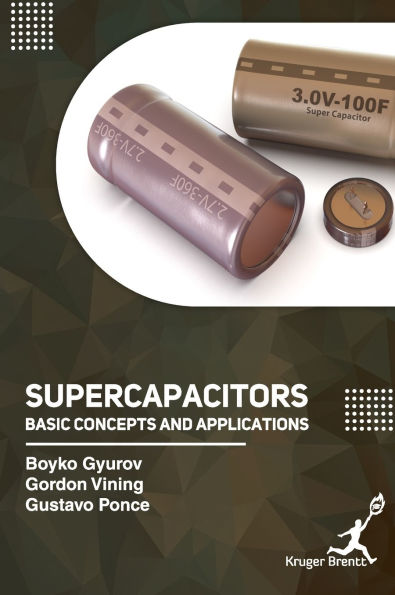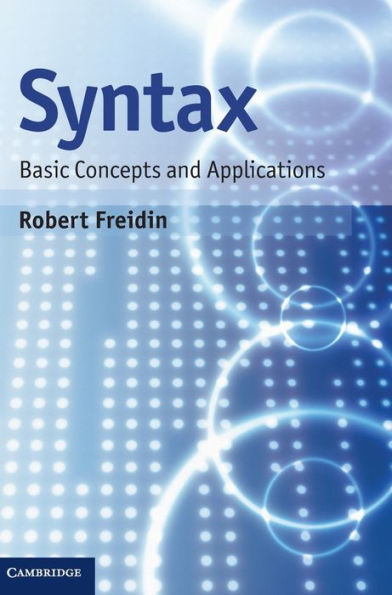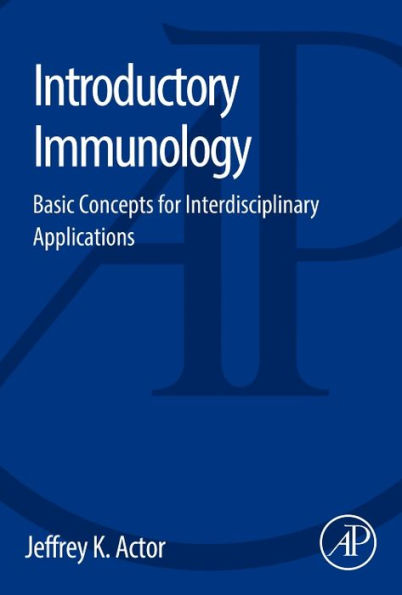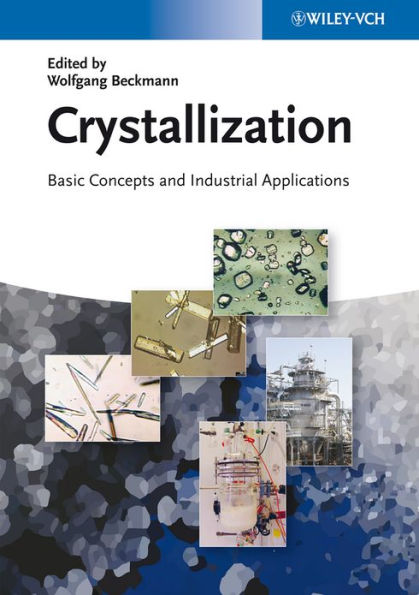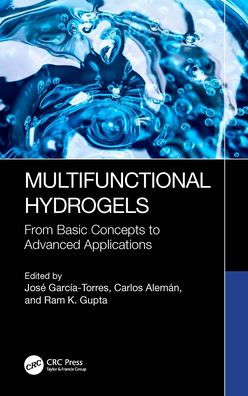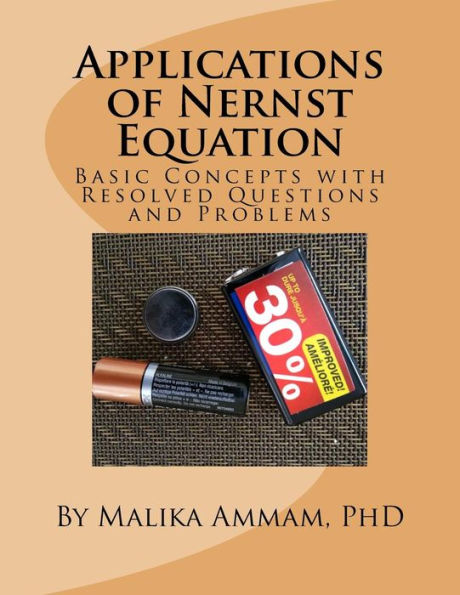Home
Mechanoluminescence Organic and Inorganic Compounds: Basic Concepts, Instrumentation, Applications
Barnes and Noble
Loading Inventory...
Mechanoluminescence Organic and Inorganic Compounds: Basic Concepts, Instrumentation, Applications in Franklin, TN
Current price: $180.00
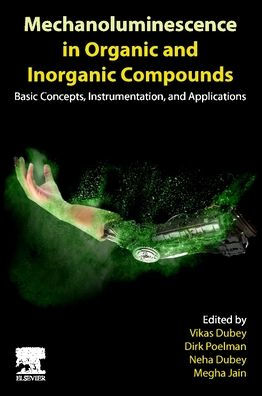
Barnes and Noble
Mechanoluminescence Organic and Inorganic Compounds: Basic Concepts, Instrumentation, Applications in Franklin, TN
Current price: $180.00
Loading Inventory...
Size: Paperback
Mechanoluminescence in Organic and Inorganic Compounds: Basic Concepts, Instrumentation, and Applications
provides a comprehensive overview of mechanoluminescence for newly qualified researchers and scientists across multiple related fields. It serves as a guide for budding scientists to advance in the field through various applications covered in this book, such as energy, mechanics, medicine, and optics. This reference shines light on the pros and cons of utilizing organic or inorganic mechanoluminescent materials, making it a handy tool for researchers worldwide involved in luminescence and applications such as optoelectronics, sensors, forensics, displays, energy harvesting, and smart robotics. The editors and their expert contributors summarize these applications, making it a valuable resource for academics, researchers, and those working in industry.
Mechanoluminescence in Organic and Inorganic Compounds
contains broad coverage, which progresses from theory to applications, serves as a complete reference of global research and experience, which will work to inform and guide the development of more efficient devices for the future.
provides a comprehensive overview of mechanoluminescence for newly qualified researchers and scientists across multiple related fields. It serves as a guide for budding scientists to advance in the field through various applications covered in this book, such as energy, mechanics, medicine, and optics. This reference shines light on the pros and cons of utilizing organic or inorganic mechanoluminescent materials, making it a handy tool for researchers worldwide involved in luminescence and applications such as optoelectronics, sensors, forensics, displays, energy harvesting, and smart robotics. The editors and their expert contributors summarize these applications, making it a valuable resource for academics, researchers, and those working in industry.
Mechanoluminescence in Organic and Inorganic Compounds
contains broad coverage, which progresses from theory to applications, serves as a complete reference of global research and experience, which will work to inform and guide the development of more efficient devices for the future.
Mechanoluminescence in Organic and Inorganic Compounds: Basic Concepts, Instrumentation, and Applications
provides a comprehensive overview of mechanoluminescence for newly qualified researchers and scientists across multiple related fields. It serves as a guide for budding scientists to advance in the field through various applications covered in this book, such as energy, mechanics, medicine, and optics. This reference shines light on the pros and cons of utilizing organic or inorganic mechanoluminescent materials, making it a handy tool for researchers worldwide involved in luminescence and applications such as optoelectronics, sensors, forensics, displays, energy harvesting, and smart robotics. The editors and their expert contributors summarize these applications, making it a valuable resource for academics, researchers, and those working in industry.
Mechanoluminescence in Organic and Inorganic Compounds
contains broad coverage, which progresses from theory to applications, serves as a complete reference of global research and experience, which will work to inform and guide the development of more efficient devices for the future.
provides a comprehensive overview of mechanoluminescence for newly qualified researchers and scientists across multiple related fields. It serves as a guide for budding scientists to advance in the field through various applications covered in this book, such as energy, mechanics, medicine, and optics. This reference shines light on the pros and cons of utilizing organic or inorganic mechanoluminescent materials, making it a handy tool for researchers worldwide involved in luminescence and applications such as optoelectronics, sensors, forensics, displays, energy harvesting, and smart robotics. The editors and their expert contributors summarize these applications, making it a valuable resource for academics, researchers, and those working in industry.
Mechanoluminescence in Organic and Inorganic Compounds
contains broad coverage, which progresses from theory to applications, serves as a complete reference of global research and experience, which will work to inform and guide the development of more efficient devices for the future.
